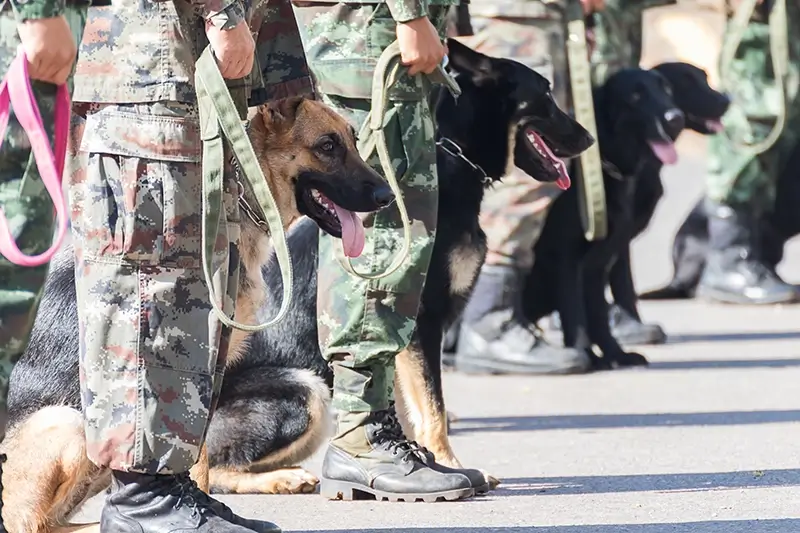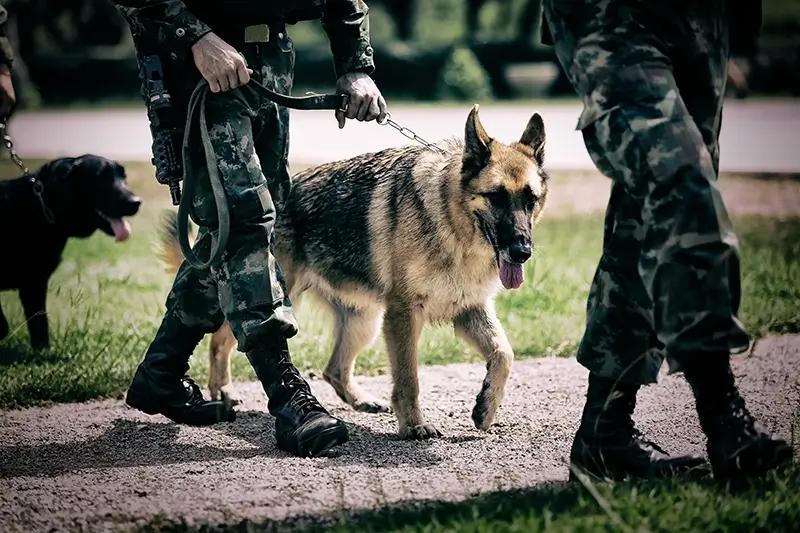By Dan Moore
Whether you own a protection dog, other working dog or just a pet dog, you can probably get behind the three tenets of the Canine Members of the Armed Service Act (H.R. 4103). The first part of the act would authorize the secretary of the appropriate military department to transport retiring military working dogs to the 341st Training Squadron or place them for adoption. Historically, military working dogs have been abandoned, given away or euthanized. The second part of the act would task the Secretary of Defense with providing a veterinary care system for retired military working dogs once the dogs are adopted. The final provision holds that military working dogs would be classified as members of the armed forces instead of “equipment,” and decorated/recognized for being killed in action or performing extraordinary acts in service of the country.
The act passed the House of Representatives and Senate, but it was appended to the National Defense Authorization Act for 2013, which was signed into law at the end of 2012. Unfortunately, the entire resolution wasn’t left intact. The good news is that military working dogs will not be abandoned or given away overseas. Instead they will be transported back to the United States once their service is over, and veterinary care will be provided. The bad news is that these canine heroes will still not be classified as members of the armed forces, and instead will be considered “equipment” or “surplus equipment.”
Protection dog owners can tell you that their companions are more than guard dogs or security systems- they’re a member of the family. Handlers in the military will take comfort in knowing that their comrades will be cared for and not left behind after duty, but it seems wrong to ask so much of these dogs without considering them a part of the armed forces. There is a growing movement to remedy this issue, and we’ll be on the lookout for any developments with military working dogs, since we consider them close cousins to the dogs we train for family security.

